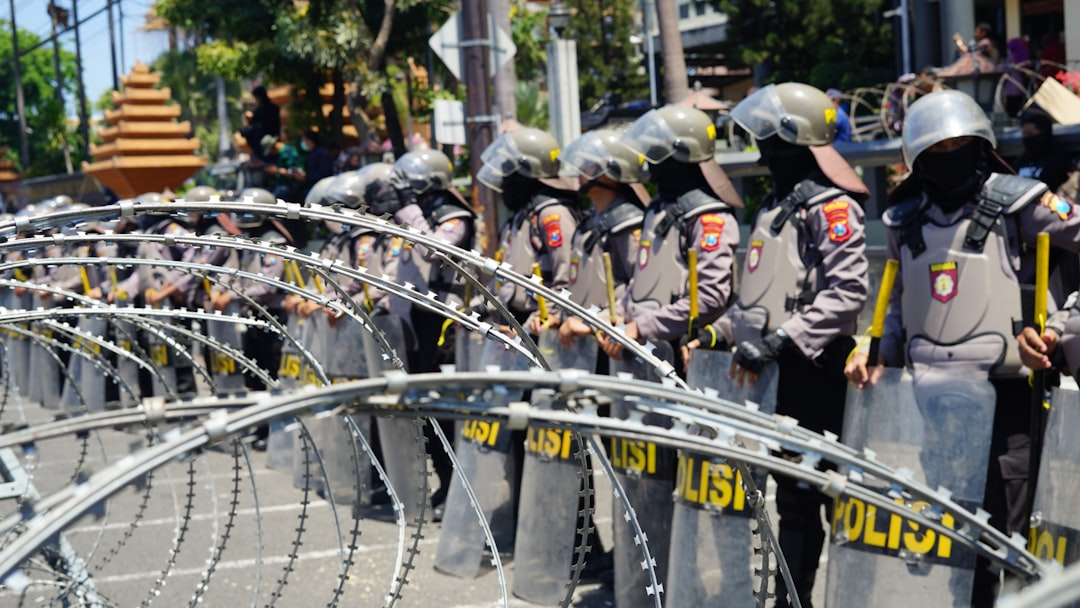Thailand’s Border Closure: Immediate Security or Long-Term Repercussions?
Thailand’s sudden decision to shut its border crossings with Cambodia is more than a matter of checkpoint logistics—it’s a flashpoint exposing the delicate balance between national security and regional stability. In an era marked by rising cross-border flows of people, goods, and, crucially, illicit activities, such a move is bound to have spiraling effects across Southeast Asia.
The Catalyst: Why Now?
While official statements often cite concerns like smuggling, unauthorized migration, or outbreaks of conflict as reasons for border closures, the underlying dynamics go deeper. Recent months have seen heightened military tensions, political unrest, and increased transnational criminal activity along the Thai-Cambodian frontier. For locals, these crossings are lifelines; for governments, they are both gateways and potential Pandora’s boxes.
Who Loses—and Who Gains?
Border closures hit hardest at the grassroots. Families separated, traders cut off from markets, and migrant workers left in limbo—the human cost is immediate. Yet, closures also hand states a powerful tool: the ability to control narratives, suppress dissent, and signal to international partners their commitment to border integrity.
Key Stakeholders and Impacts
| Stakeholder | Potential Benefit | Major Drawback |
|---|---|---|
| Thai Government | Enhanced security; border control | Damaged trade ties; local dissent |
| Cambodian Traders/Workers | None | Loss of income, displacement |
| Local Communities | Short-term safety | Economic hardship, isolation |
| Smugglers/Illicit Actors | Increased risk | Short-term disruption, but adapt quickly |
The Larger Dilemma
The dilemma is stark: borders are meant to protect, yet they often divide those who are most interconnected. Thailand and Cambodia have enjoyed decades of fluctuating cross-border cooperation, but each episode of closure erodes trust and entrenches suspicion.
“When the border shuts, hope often shuts with it for those who depend on the unseen flows of daily life,” notes a local NGO worker in Sa Kaeo province.
Not Just a Local Issue: The ASEAN Factor
Thailand’s move bucks the trend of greater regional integration promoted by ASEAN, which champions freer movement and cooperation. Persistent border closures risk setting a precedent for neighbors grappling with similar social and security anxieties. In this sense, the Thai-Cambodian border is a microcosm of broader regional tensions—between openness and control, prosperity and order, trust and uncertainty.
Conclusion
The closure of Thailand’s borders with Cambodia is a lightning rod for wider conversations: how can nations protect their citizens without stifling the very lifeblood of cross-border ties? Ultimately, lasting security will require more than abrupt closures—it demands robust, trust-based cooperation, investment in joint security frameworks, and above all, empathy for those caught in the middle.
This article was inspired by the headline: 'Thailand closes border crossings to Cambodia - dw.com'.

Comments
No comments yet. Be the first to comment!